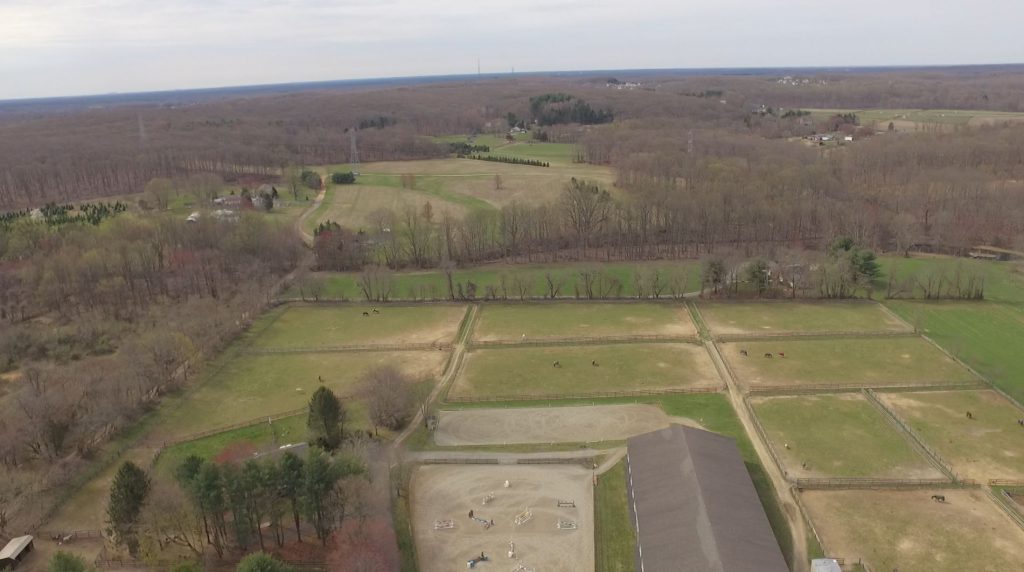
The world around us is in a constant state of change. Just as events of the past make us who we are, the structures, and effort that went into creating them, stand as a testament to where we came from and serves as a reminder of the indomitable spirit that will continue to move us forward. Throughout history, we’ve seen our greatest accomplishment fall victim to the unstoppable destruction of time.

But throughout history, we have fought against letting our accomplishments fall to the obscurity caused by time. Our first method of preserving our heritage was done by passing on traditions through word of mouth. This was then improved upon by the written word. Photography later followed, allowing for the first time, a visual depiction of our history. As great as these methods are, each has their own drawbacks as they, themselves, are subject to deterioration over time.
Recently in our history, we entered the digital age; and with it, the ability to preserve our accomplishments indefinitely and unchanged for all future generations to know. Digital audio and images are used by us everyday, but these can be enhanced through true accurate replicating using three dimensional modelling. Can you imagine if there was an image of the Colossus of Rhodes, or of the great pyramids during construction. What if there were a photograph of the Venus De Milo showing what she was carrying in her (now Missing) arms?
Now imagine there being a three dimensional model of each of these. Capturing the graffiti at the foot of the Colossus, or perhaps seeing the person doing it. We would not only know that it was built and what it looked like, but could know how it was built and perhaps what it was like to be there. This is what we can offer future generations when they wonder about the world during our time. As things around us quickly become history, we can capture it and keep it alive forever.